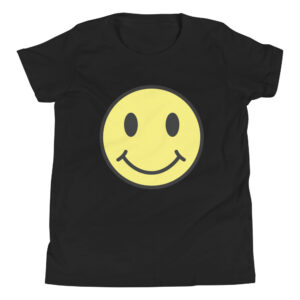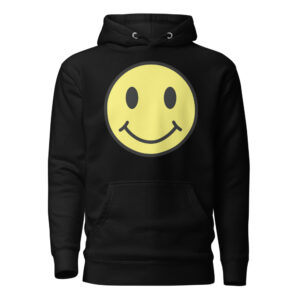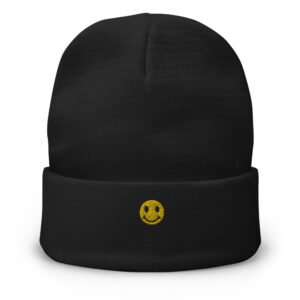Health-Conscious Fabrics Taking Over the Fashion Industry
In today’s world, where wellness is more than just a trend, consumers are becoming increasingly mindful of the materials they wear. Health-conscious fabrics are at the forefront of this movement, offering not only stylish clothing but also fabrics that prioritize the wearer’s well-being. From organic cotton to advanced antimicrobial textiles, the fashion industry is embracing innovations that promote a healthier lifestyle.
The Rise of Organic Cotton
Organic cotton has gained significant popularity as one of the leading health-conscious fabrics. Unlike conventional cotton, which often involves the use of synthetic pesticides and fertilizers, organic cotton is grown using natural methods. This ensures that the material is free from harmful chemicals, making it a safer option for those with sensitive skin or allergies.
Beyond individual health, organic cotton production is also better for the environment. It reduces the amount of water used in the farming process and avoids harmful runoff into ecosystems, ensuring a sustainable and eco-friendly approach. With an increasing demand for sustainable fashion, many brands are now opting for organic cotton in their collections.
The Benefits of Bamboo Fabric
Another fabric making waves in the health-conscious fashion scene is bamboo. Known for its breathability and soft texture, bamboo fabric is a perfect option for those seeking comfort and skin-friendly clothing. One of bamboo’s standout properties is its natural antibacterial qualities, which help reduce odor and keep the fabric fresh for longer periods.
Bamboo is also hypoallergenic, making it a popular choice for people with skin sensitivities. Additionally, bamboo is one of the most renewable resources on the planet, requiring minimal water and pesticides, which adds to its environmental appeal.
Hemp: The Eco-Friendly Powerhouse
Hemp is another fabric that is taking the health-conscious fashion industry by storm. It is often lauded for its durability, but it also offers several health benefits. Hemp is naturally resistant to mold, bacteria, and UV rays, making it an excellent fabric for outdoor and activewear. Its breathability and moisture-wicking properties keep the skin dry and comfortable, which is essential for maintaining skin health during physical activities.
Hemp production requires less water than other natural fibers like cotton and doesn’t rely on chemical inputs, which reduces its environmental footprint. As hemp fashion continues to grow in popularity, its health and eco-friendly benefits are becoming more widely recognized.
Antimicrobial and Moisture-Wicking Fabrics
In addition to natural fibers, there is a growing market for high-performance fabrics designed with health in mind. Antimicrobial fabrics, which help reduce the growth of bacteria, are becoming a staple in activewear. These materials are treated with silver ions or other substances that prevent the build-up of bacteria, resulting in odor-free, long-lasting clothing.
Moisture-wicking fabrics, commonly used in athletic wear, are designed to draw sweat away from the body, keeping the skin dry and preventing irritation. These performance-enhancing materials are ideal for maintaining skin health during workouts or hot climates.
The Future of Health-Conscious Fashion
As consumers become more aware of the impact their clothing choices have on both their health and the environment, the demand for health-conscious fabrics will continue to grow. Brands are increasingly investing in innovative materials that prioritize both style and wellness. From organic cotton to high-tech performance fabrics, the fashion industry is on the cusp of a major transformation toward healthier, more sustainable practices.
Whether you’re looking for comfort, sustainability, or improved skin health, there’s never been a better time to explore the world of health-conscious fabrics.
Why Your Wardrobe Needs Health-Conscious Fabrics
Health-conscious fabrics are leading the way in a more mindful fashion industry. With a focus on sustainability, comfort, and overall wellness, these materials are reshaping the way we think about clothing and our connection to health.






